【LiA】Week 3: From Cultural Learner to Cultural Ambassador — A Transformative Journey

(1.) Leadership Breakthrough: From “Parrot” to “Cultural Translator”
This week, there was a profound shift in how our teacher expected us to present — no longer mere recitation, but performance. When I compared the nine panels of the main chamber's sutra transformation paintings in Cave 237 to a “WeChat Moments grid” showcasing the cosmologies of various Buddhist sects, the visitors' eyes lit up; and when I explaining the distinctive features of the Buddha statues in Cave 428 as having “short, vibrant faces” (with concentrated features and a youthful appearance), I described the Northern Zhou aesthetic as resembling “adorable national trend culture” , similar to chibi collectibles, which drew a ripple of knowing smiles from the audience.
The teacher's reminder that “as a guide, one should be ‘energized by the crowd’ (meaning one becomes excited and more expressive when there are many people; one becomes more engaged and better at setting the mood when the audience is present)” made me realize: a true cultural ambassadors must master rhythm like a stand-up comedian, while also upholding rigorous academic accuracy like a scholar. I began to experiment:
- Precise focal points: Focus on 3-5 core knowledge points per cave
- Contrasting metaphors: Describing the flying apsaras (who perform the function of scattering flowers and playing music) as the “Buddhist vibe group”
- Suspense design: Asking a question before the Sutra Cave: “If Wang Yuanlu had a social media feed, what would he post?”

(2.) Reflection: Dancing on the Wire — The Art of Balance
Initially, I struggled by overdramatizing, nearly failing:
- I compared the Western Jin’s Buddhist relic painting “ The Stone Buddha Floating in the River” to “ancient Buddhist believers live-streamingseller pulling hype,” which nearly got me “expelled from the cave” by the teacher
Learning from the teacher’s demonstration, I summarized the “ sandwich expression method”:
- Top layer (academic): Objective facts (e.g., “This Cave 259 was built during the Taihe era of the Northern Wei Dynasty”)
- Middle layer (bridge): Cultural context (This “most beautiful meditating Buddha” of the Mogao Caves is equivalent to Europe's “Mona Lisa's Smile”)
- Bottom Layer (Resonance): Modern Mapping (e.g., “The patrons of the caves were the clients of the painters”)

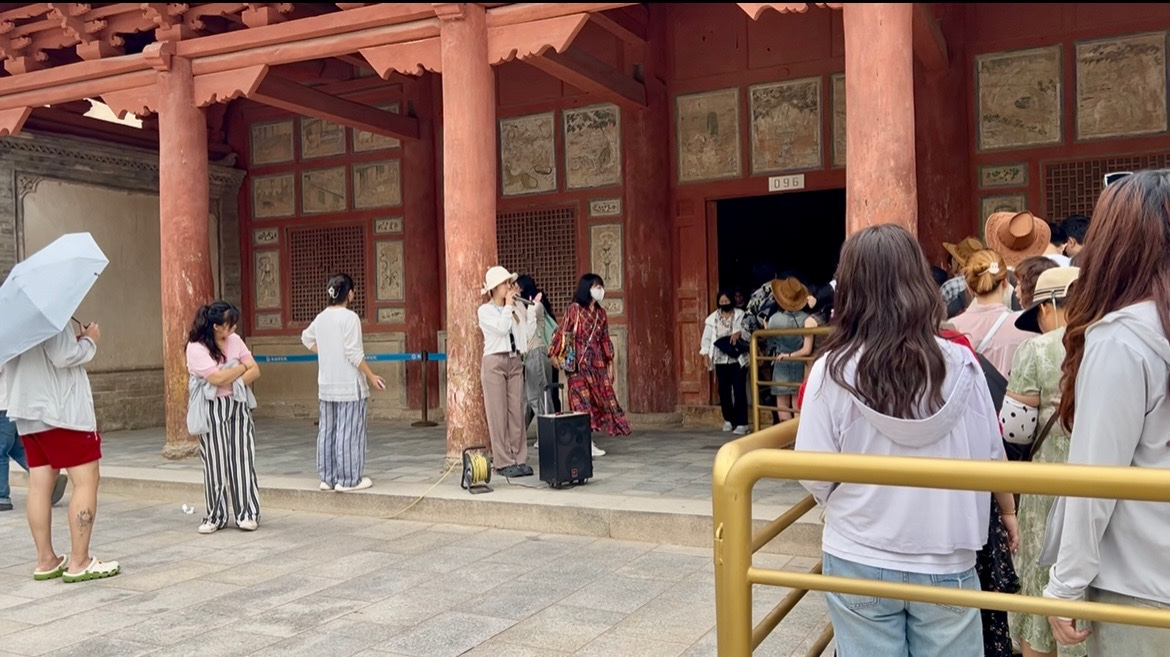
(3.) Impact Manifestation: The Chain Reaction of Emotional Connection
- Team Influence: My “Nine-Colored Deer Workplace Survival Guide” presentation template was adopted by 3 classmates
- Visitor Feedback: A university professor commented, “Your interpretation of the documents using the ‘ancient social media’ approach is more vivid than textbooks”
- Self-Breakthrough: The teacher publicly acknowledged, “She demonstrated the importance of passion when choosing a career”

This Week's Golden Quote:
When I said in Cave 323, ‘Fotu Cheng was not a charlatan but a master PR strategist,’ I suddenly realized: the highest level of professionalism is making the inner workings visible to outsiders.
Specific Achievements:
✅ Created multiple “Ancient-Modern Dialogue” explanation modules
✅ Awarded the title of “Most Charismatic Presenter” in my group
Excerpt from the mentor's evaluation:
“Ching Ki's presentation was very vivid. What was most touching was how she transformed academic knowledge into warm stories—not mechanically reciting information, but like the painters of the Mogao Caves, first digesting the colors from a thousand years ago and then mixing her own unique pigments.”

<Stationed at Emergency Cave 148, simultaneously performing sun acupuncture>
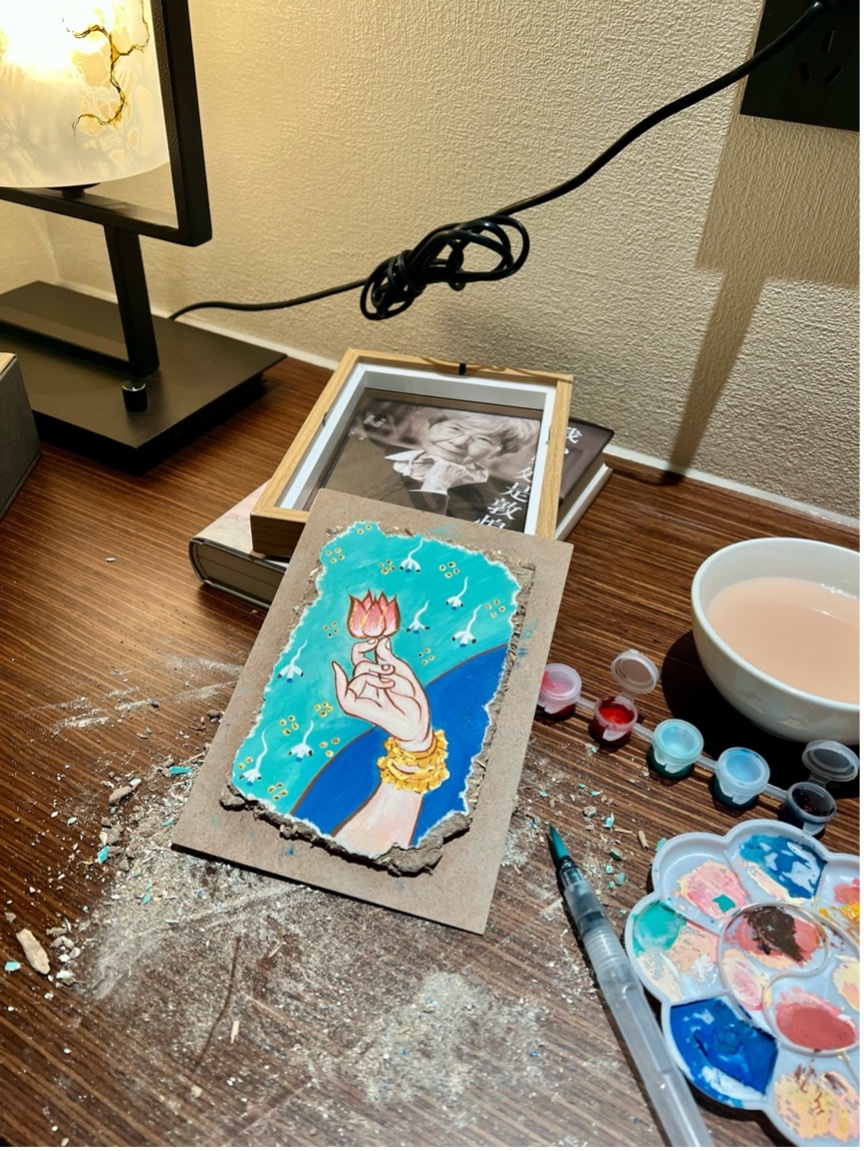
〈Clay tablet painting reproduction〉
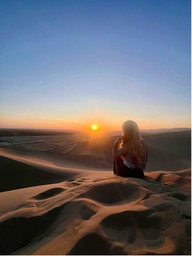
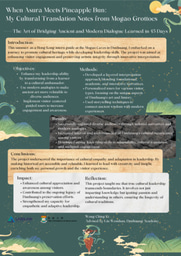
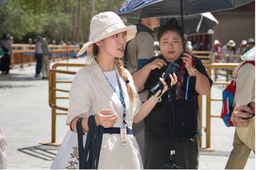

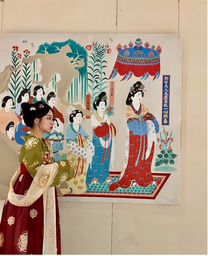
Please sign in
If you are a registered user on Laidlaw Scholars Network, please sign in